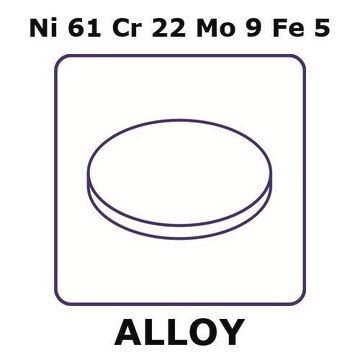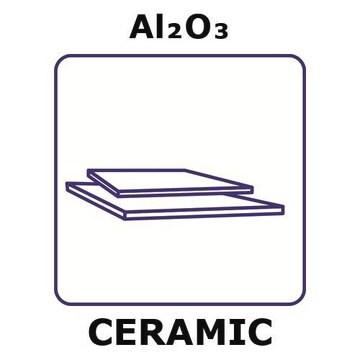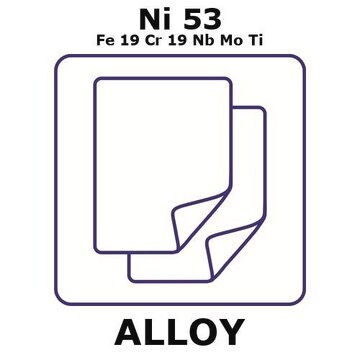GF28341840
Beryllium
wire reel, 0.05m, diameter 0.5mm, annealed and clean, 99%
Sinónimos:
Beryllium, BE005125, Glucinium
About This Item
Productos recomendados
Análisis
99%
formulario
wire
temp. de autoignición
1198 °F
fabricante / nombre comercial
Goodfellow 283-418-40
resistividad
4.46 μΩ-cm, 20°C
L × diám.
0.05 m × 0.5 mm
bp
2970 °C (lit.)
mp
1278 °C (lit.)
densidad
1.85 g/mL at 25 °C (lit.)
cadena SMILES
[Be]
InChI
1S/Be
Clave InChI
ATBAMAFKBVZNFJ-UHFFFAOYSA-N
¿Está buscando productos similares? Visita Guía de comparación de productos
Descripción general
Información legal
Palabra de señalización
Danger
Frases de peligro
Consejos de prudencia
Clasificaciones de peligro
Acute Tox. 3 Oral - Carc. 1B - Eye Irrit. 2 - Skin Irrit. 2 - Skin Sens. 1 - STOT RE 1
Código de clase de almacenamiento
6.1C - Combustible acute toxic Cat.3 / toxic compounds or compounds which causing chronic effects
Clase de riesgo para el agua (WGK)
WGK 3
Punto de inflamabilidad (°F)
Not applicable
Punto de inflamabilidad (°C)
Not applicable
Certificados de análisis (COA)
Busque Certificados de análisis (COA) introduciendo el número de lote del producto. Los números de lote se encuentran en la etiqueta del producto después de las palabras «Lot» o «Batch»
¿Ya tiene este producto?
Encuentre la documentación para los productos que ha comprado recientemente en la Biblioteca de documentos.
Nuestro equipo de científicos tiene experiencia en todas las áreas de investigación: Ciencias de la vida, Ciencia de los materiales, Síntesis química, Cromatografía, Analítica y muchas otras.
Póngase en contacto con el Servicio técnico






